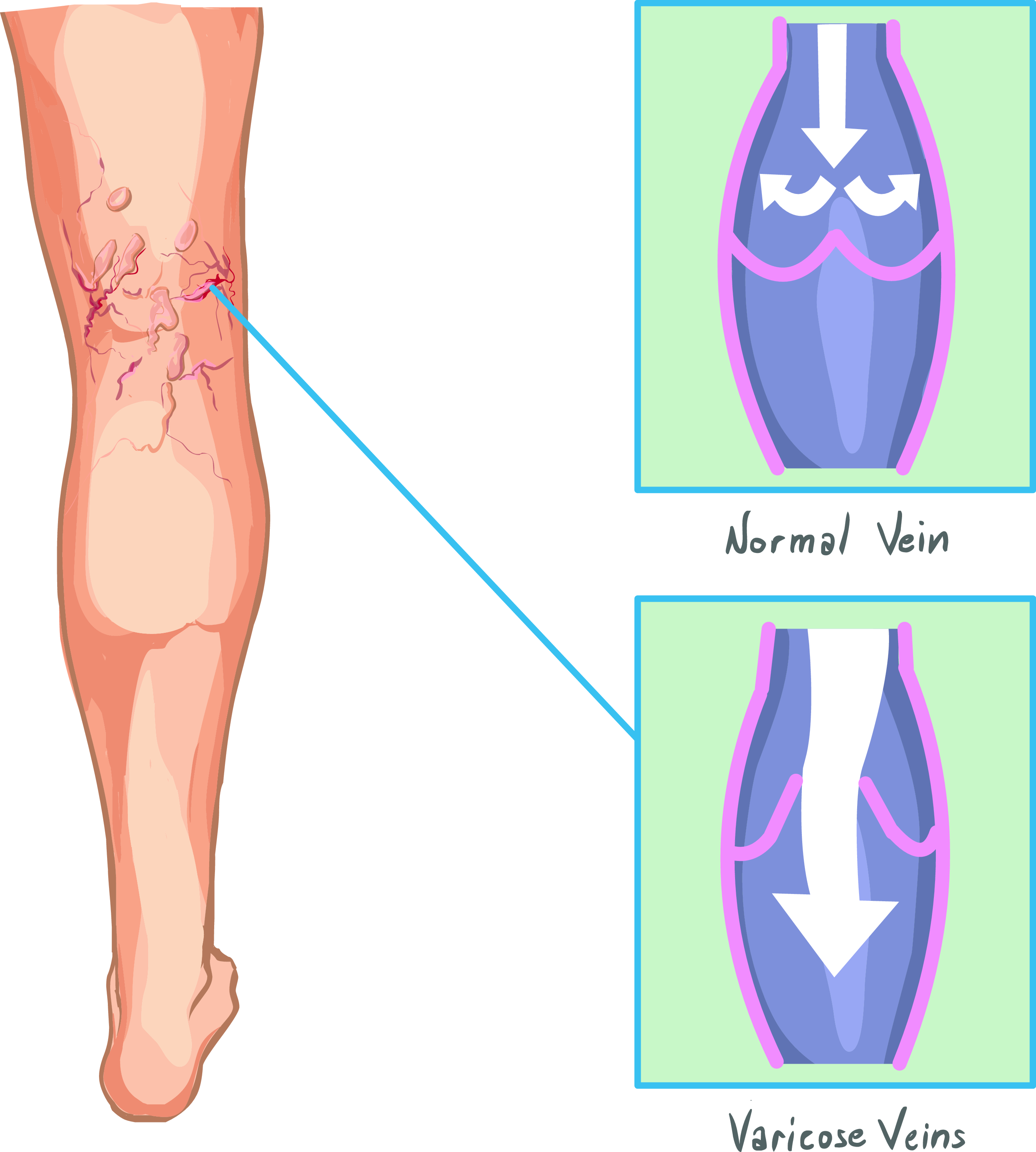SVC Blog
Nine risk factors for vein disease

It’s nearly summer time, which means many of us will start shedding our long layers in favor of shorts, skirts and bathing suits. When we do this, we often think about losing weight or protecting our skin from the sun. But what we don’t often think about is vein disease. If there is ever a good time to think about vein disease it’s right now, when our veins are most visible.
Here are nine factors that can increase your risk of developing vein disease:
1. Age – The older you get, the more likely you are to develop varicose and spider veins.
2. Family history – Genetics can play a contributing role. If either of your parents had varicose or spider veins, you run a greater risk of having vein problems. If both of your parents had vein disease, your risk is compounded. Sometimes this genetic tendency will skip a generation. Your risk is elevated even if your parents did not suffer from leg-vein disease, but one of your grandparents did.
3. Race – Although people of all races can develop vein disease, it is more commonly found in Caucasians.
4. Gender – Women are almost 2 ½ times more likely to have vein disease than men. Approximately 70% of people who have varicose or spider vein problems are female, while only 30% are male.
5. Multiple pregnancies – Every pregnancy increases the risk and the probable severity of vein disease.
6. A sedentary lifestyle and lack of exercise – Many people who spend a lot of time sitting or standing throughout their lives never develop vein disease, so this appears to be a less significant risk factor than some others. But if you are genetically prone to venous insufficiency, a sedentary lifestyle may accelerate or aggravate the condition. The calf muscles play an important role in pumping the blood through the leg veins back to the heart. People who have active lifestyles that include walking and other forms of exercise tend to have better muscle tone and reduced risk of vein disease.
7. History of leg injury – Patients who have experienced some types of trauma in their legs or ankles can have a higher risk of vein disease. For example, a surgical incision, the impact of a baseball, or the kick of a horse can cause damage that will eventually result in varicose or spider veins.
8. An overweight or obese condition – Being overweight or obese is a mild risk factor for varicose and spider veins. Obese patients are often more difficult to treat and may have a higher risk of disease recurrence. One reason, some theorize, is that higher abdominal pressure from obesity can interfere with the rising flow of blood through the veins of the legs. Obese patients also tend to have a higher incidence of swollen legs. However, this is not necessarily due to leg-vein disease. Overweight people frequently have what can be considered lymphedema, which occurs when the lymph vessels fail to adequately drain tissue fluid up the legs. This may be due, at least in part, to the additional bulk in the groin and upper thighs, which can put pressure on the lymph vessels and create a partial blockage.
9. An occupation or lifestyle that entails prolonged standing, walking or sitting – Vein problems are more common today than they were one hundred years ago, perhaps in part because people spend so much time standing, working at computers and riding in cars.
If you’re concerned about developing vein disease, contact the Vein Center at (000) 000-VEIN (0000). You can also learn more on our website.
Resource: Adapted from: Dr. Raxwal, Say Goodbye to Varicose and Spider Veins Now!

